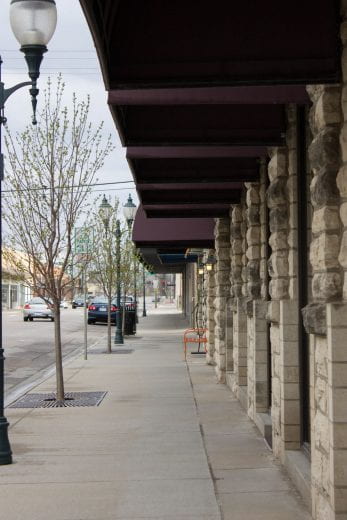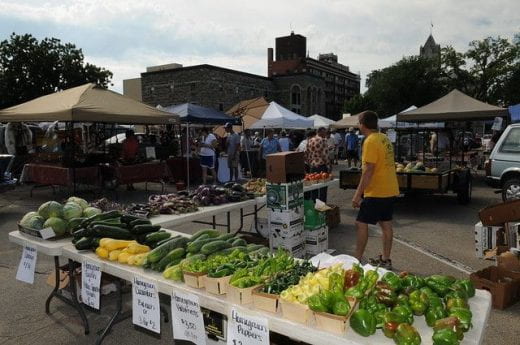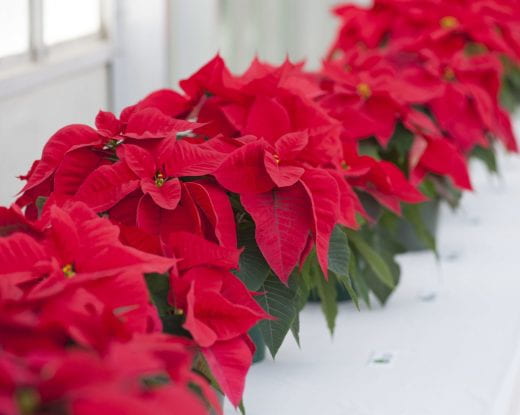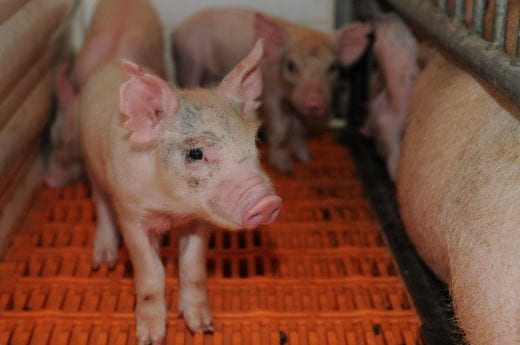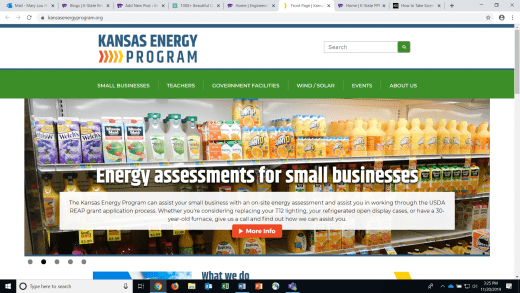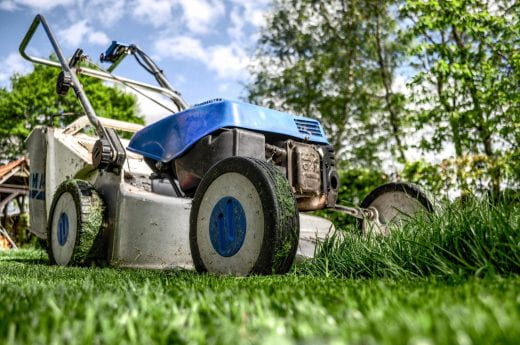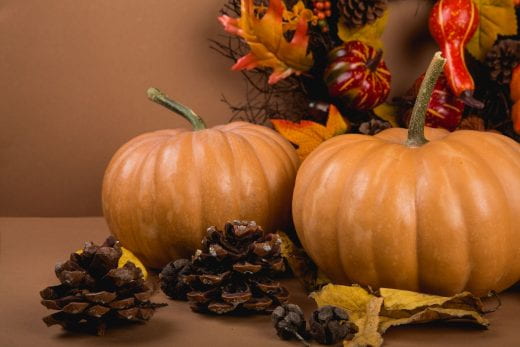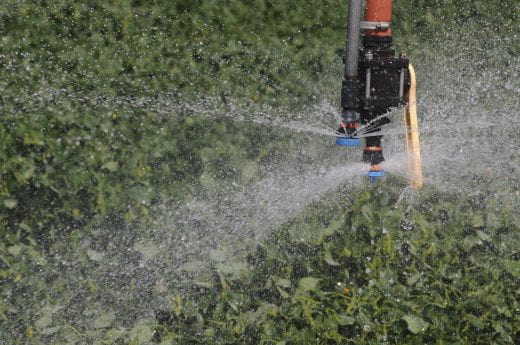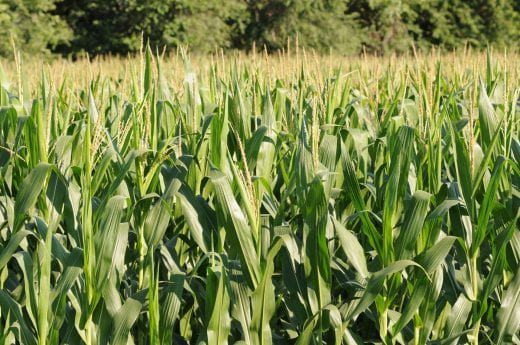 Welcome to Better Kansas, where every Thursday we shed light on events, resources and other information designed to make your life, businesses, communities and state better. This is a small glimpse of what K-State Research and Extension across the state has to offer. Share on social media and subscribe! – Mary Lou Peter mlpeter@ksu.edu
Welcome to Better Kansas, where every Thursday we shed light on events, resources and other information designed to make your life, businesses, communities and state better. This is a small glimpse of what K-State Research and Extension across the state has to offer. Share on social media and subscribe! – Mary Lou Peter mlpeter@ksu.edu
Better Living, Better Communities
 WHETHER IT’S A HOT DOG AT A DAUGHTER’S BASKETBALL GAME or a birthday dinner at a favorite restaurant, many of us are eating meals away from home OR food in our homes that was prepared by others. Think DoorDash and other meal delivery services. Sixty percent of suppers served at home in 2014 were actually cooked at home, down from 75% in 1984, according to an interesting report by the USDA’s Economic Research Service released last year. That’s a lot of food that we’re trusting others to prepare for us. One of the less visible, but incredibly important programs that works behind the scenes to keep that food safe is the ServSafe program for food handlers and foodservice managers offered by K-State Research and Extension. We do this in partnership with the Kansas Restaurant and Hospitality Association.
WHETHER IT’S A HOT DOG AT A DAUGHTER’S BASKETBALL GAME or a birthday dinner at a favorite restaurant, many of us are eating meals away from home OR food in our homes that was prepared by others. Think DoorDash and other meal delivery services. Sixty percent of suppers served at home in 2014 were actually cooked at home, down from 75% in 1984, according to an interesting report by the USDA’s Economic Research Service released last year. That’s a lot of food that we’re trusting others to prepare for us. One of the less visible, but incredibly important programs that works behind the scenes to keep that food safe is the ServSafe program for food handlers and foodservice managers offered by K-State Research and Extension. We do this in partnership with the Kansas Restaurant and Hospitality Association.
 LET’S KEEP GOING WITH THAT FOOD THEME since after all, it’s the “season of feasting!” For our office just yesterday, it was a cookie exchange and a holiday party. I don’t know about you but it’s nearly impossible for me to stop at just one cookie or a couple of crackers and cheese and whatever else is being served. And never mind the cookies I bought from the youth group fundraiser last weekend. It’s philanthropy … sort of … right?! Listen in to a Sound Living radio program for tips to reduce fat and calories while still enjoying the foods of the season. Or take a look at this news article on the subject.
LET’S KEEP GOING WITH THAT FOOD THEME since after all, it’s the “season of feasting!” For our office just yesterday, it was a cookie exchange and a holiday party. I don’t know about you but it’s nearly impossible for me to stop at just one cookie or a couple of crackers and cheese and whatever else is being served. And never mind the cookies I bought from the youth group fundraiser last weekend. It’s philanthropy … sort of … right?! Listen in to a Sound Living radio program for tips to reduce fat and calories while still enjoying the foods of the season. Or take a look at this news article on the subject.
 THIS ALSO SEEMS TO BE THE SEASON FOR EVERY CHARITY AND NON-PROFIT WE’VE EVER THOUGHT ABOUT GIVING TO (plus some we’ve never heard of), to send requests for donations. It’s so easy to be caught up in the spirit of giving and that’s often a good thing. Check this article for tips to help keep all of that good will from completely blowing your budget at this time of year. Wait, did I say budget? What budget? 😊
THIS ALSO SEEMS TO BE THE SEASON FOR EVERY CHARITY AND NON-PROFIT WE’VE EVER THOUGHT ABOUT GIVING TO (plus some we’ve never heard of), to send requests for donations. It’s so easy to be caught up in the spirit of giving and that’s often a good thing. Check this article for tips to help keep all of that good will from completely blowing your budget at this time of year. Wait, did I say budget? What budget? 😊
Better Farming, Ranching and Gardening
 KICK OFF THE NEW YEAR BY LEARNING SOMETHING NEW in the Farm Financial Skills for Kansas Women in Agriculture workshop sessions planned for four consecutive Wednesday evenings starting Jan. 15. The workshops will be held in 32 locations across the state, so there’s likely one near you. The training delves into recordkeeping, balance sheets, income statements, cash flow, goal setting, plus managing living expenses, coping with mental stress and developing a whole-farm financial management plan. Plus, there will be time to network with others. The deadline to register is Dec. 31. The cost is $40. Whether you’re running your own farm or play a role in your family’s or someone else’s farm business, what better way to start the new year than by sharpening your skills, having an evening meal and setting goals specific to your operation? Oh, by the way, the training has been approved to satisfy Farm Service Agency Borrower Training Financial requirements. Check the website for specific locations and more information or contact Robin Reid at 785-532-0964 or LaVell Winsor at 785-220-5451.
KICK OFF THE NEW YEAR BY LEARNING SOMETHING NEW in the Farm Financial Skills for Kansas Women in Agriculture workshop sessions planned for four consecutive Wednesday evenings starting Jan. 15. The workshops will be held in 32 locations across the state, so there’s likely one near you. The training delves into recordkeeping, balance sheets, income statements, cash flow, goal setting, plus managing living expenses, coping with mental stress and developing a whole-farm financial management plan. Plus, there will be time to network with others. The deadline to register is Dec. 31. The cost is $40. Whether you’re running your own farm or play a role in your family’s or someone else’s farm business, what better way to start the new year than by sharpening your skills, having an evening meal and setting goals specific to your operation? Oh, by the way, the training has been approved to satisfy Farm Service Agency Borrower Training Financial requirements. Check the website for specific locations and more information or contact Robin Reid at 785-532-0964 or LaVell Winsor at 785-220-5451.
 IT’S THAT TIME OF YEAR WHEN ROW CROP PLANTING, GROWING AND (HOPEFULLY) HARVESTING IS FINISHED and that means many educational opportunities happening during these off-season winter months. They include the 2020 Soybean, Corn and Sorghum schools starting in early January at locations around the state. If you plant any of these crops or are even thinking about it, this is a great way to get updates on what the latest research shows and information on production practices. The schools are free to attend and designed for growers and industry partners, plus a complimentary lunch will be served at all locations, thanks to industry sponsors.
IT’S THAT TIME OF YEAR WHEN ROW CROP PLANTING, GROWING AND (HOPEFULLY) HARVESTING IS FINISHED and that means many educational opportunities happening during these off-season winter months. They include the 2020 Soybean, Corn and Sorghum schools starting in early January at locations around the state. If you plant any of these crops or are even thinking about it, this is a great way to get updates on what the latest research shows and information on production practices. The schools are free to attend and designed for growers and industry partners, plus a complimentary lunch will be served at all locations, thanks to industry sponsors.
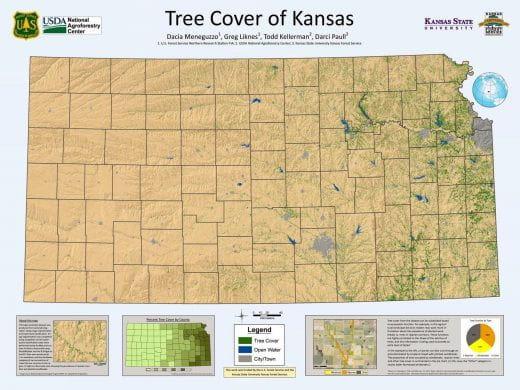 WHEN WE THINK OF KANSAS, WE MAY THINK OF WIDE-OPEN PRAIRIES AND BEAUTIFUL SUNSETS, but trees are not always top of mind. Yet there are 5.2 million acres of forests, woodlands and trees in Kansas that occupy 10% of the state’s total land area. The Kansas Forest Service, housed as an independent agency within K-State Research and Extension, works to improve water quality and quantity in Kansas, offers low-cost tree and shrub seedling for conservation planting, assists with fire management and supports community vitality in small towns and large cities across the state, plus a lot more. Read more about the KFS and for a look at recent projects, check here.
WHEN WE THINK OF KANSAS, WE MAY THINK OF WIDE-OPEN PRAIRIES AND BEAUTIFUL SUNSETS, but trees are not always top of mind. Yet there are 5.2 million acres of forests, woodlands and trees in Kansas that occupy 10% of the state’s total land area. The Kansas Forest Service, housed as an independent agency within K-State Research and Extension, works to improve water quality and quantity in Kansas, offers low-cost tree and shrub seedling for conservation planting, assists with fire management and supports community vitality in small towns and large cities across the state, plus a lot more. Read more about the KFS and for a look at recent projects, check here.
_
For more resources and activities, contact the K-State Research and Extension office in your area. Check out our other blogs and subscribe to our weekly emails here: https://www.ksre.k-state.edu/news/blogs/

